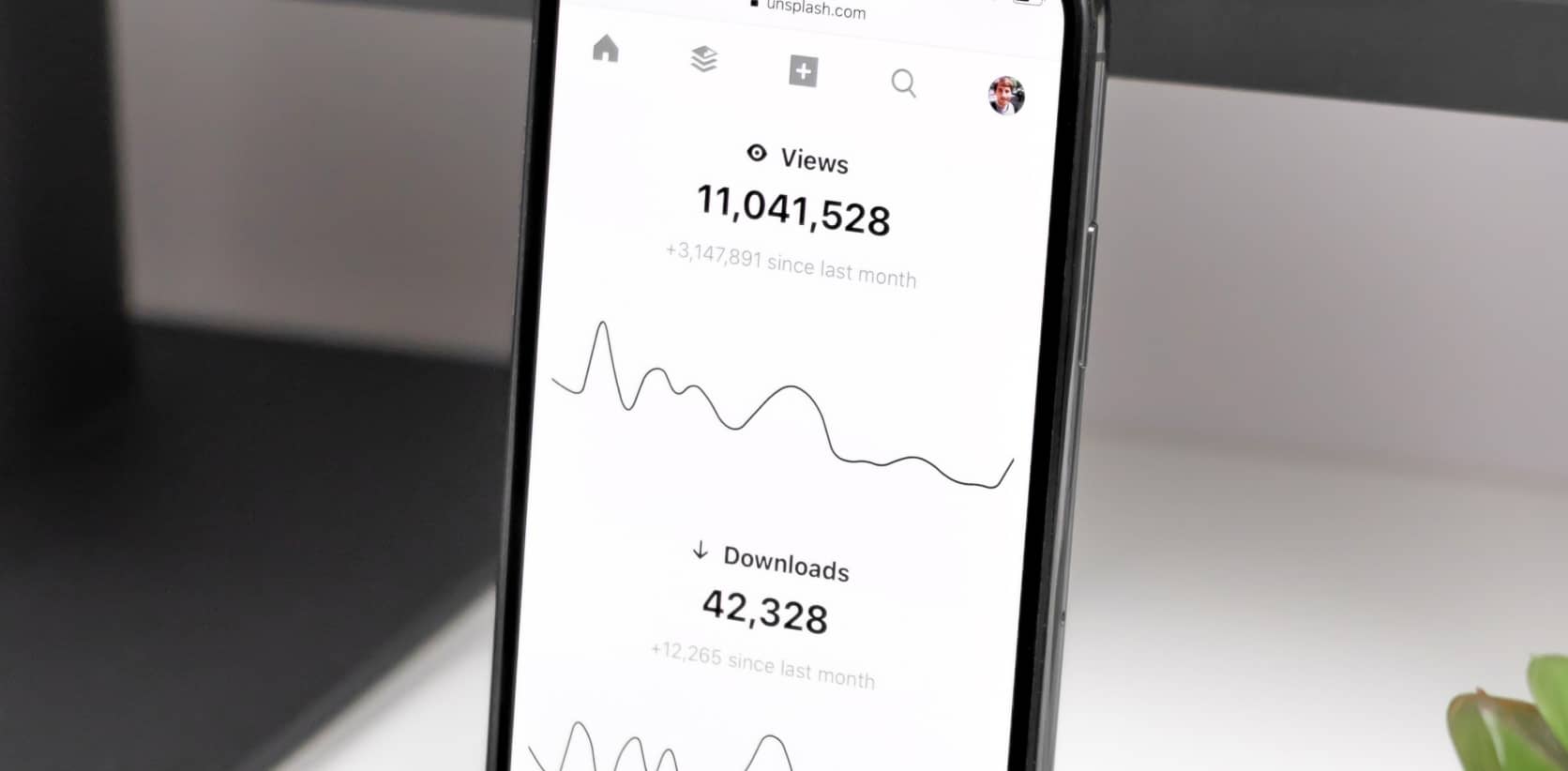How to start saving money
Lorem ipsum dolor sit amet, consectetur adipiscing elit lobortis arcu enim urna adipiscing praesent velit viverra sit semper lorem eu cursus vel hendrerit elementum morbi curabitur etiam nibh justo, lorem aliquet donec sed sit mi dignissim at ante massa mattis.
- Neque sodales ut etiam sit amet nisl purus non tellus orci ac auctor
- Adipiscing elit ut aliquam purus sit amet viverra suspendisse potent
- Mauris commodo quis imperdiet massa tincidunt nunc pulvinar
- Excepteur sint occaecat cupidatat non proident sunt in culpa qui officia
Why it is important to start saving
Vitae congue eu consequat ac felis placerat vestibulum lectus mauris ultrices cursus sit amet dictum sit amet justo donec enim diam porttitor lacus luctus accumsan tortor posuere praesent tristique magna sit amet purus gravida quis blandit turpis.

How much money should I save?
At risus viverra adipiscing at in tellus integer feugiat nisl pretium fusce id velit ut tortor sagittis orci a scelerisque purus semper eget at lectus urna duis convallis. porta nibh venenatis cras sed felis eget neque laoreet suspendisse interdum consectetur libero id faucibus nisl donec pretium vulputate sapien nec sagittis aliquam nunc lobortis mattis aliquam faucibus purus in.
- Neque sodales ut etiam sit amet nisl purus non tellus orci ac auctor
- Adipiscing elit ut aliquam purus sit amet viverra suspendisse potenti
- Mauris commodo quis imperdiet massa tincidunt nunc pulvinar
- Adipiscing elit ut aliquam purus sit amet viverra suspendisse potenti
What percentege of my income should go to savings?
Nisi quis eleifend quam adipiscing vitae aliquet bibendum enim facilisis gravida neque. Velit euismod in pellentesque massa placerat volutpat lacus laoreet non curabitur gravida odio aenean sed adipiscing diam donec adipiscing tristique risus. amet est placerat in egestas erat imperdiet sed euismod nisi.
“Nisi quis eleifend quam adipiscing vitae aliquet bibendum enim facilisis gravida neque velit euismod in pellentesque”
Do you have any comments? Share them with us on social media
Eget lorem dolor sed viverra ipsum nunc aliquet bibendum felis donec et odio pellentesque diam volutpat commodo sed egestas aliquam sem fringilla ut morbi tincidunt augue interdum velit euismod eu tincidunt tortor aliquam nulla facilisi aenean sed adipiscing diam donec adipiscing ut lectus arcu bibendum at varius vel pharetra nibh venenatis cras sed felis eget.
The rise of non-fungible tokens (NFTs) has brought questions around the ownership of intangible digital assets to the forefront. However, French artist Yves Klein had already explored the idea of ownership of the intangible through his creation of "Immaterial Zones" in 1959, as set out in a piece in The Art Newspaper.
NFTs and ownership of the intangible
Within the context of blockchain technology, the act of “tokenising” involves the creation of something intrinsically intangible: a digital object that exists purely in cyberspace, anchored to the real world only by the cryptographic key* of the person who owns it.
NFTs take this idea of intangibility towards the extreme by endowing the digital token with ownership rights over one version of an infinitely and freely copyable artefact such as a digital image. In doing so, they raise questions about the status of “originals” or officially sanctioned copies of creative works in a world where many things can be reproduced quickly and cheaply.
Yves Klein's Immaterial Zones
In 1959 Klein created nine “Immaterial Zones” – areas of empty space that exist only in conceptual terms. He sold these zones to buyers in exchange for pure gold and gave them a printed receipt with two options. They could keep the receipt and accept the fact that the Immaterial Zone would be transferable through resale, thereby gaining an existence independent of the buyer which meant it could never truly be theirs, or they could participate in a ritual with the artist in which the receipt was burnt, making the zone intrinsically part of the buyer forever. As Klein wrote in 1959, “Every possible buyer of an immaterial pictorial sensibility zone must realise that the fact that he accepts a receipt for the price which he has paid takes away all his possessions".
Klein’s concept of Immaterial Zones posed philosophical questions about the nature of ownership. Can we ever truly possess anything that exists outside of us? Three of Klein’s nine buyers did not think so and chose to undergo the ritual, taking their immaterial zones with them to the grave. The other six buyers were willing to accept that their zones would outlive them. In purely material terms, that appears to have been an astute call since one of the receipts sold for $1.2 million in an auction at Sotheby’s in 2022.
Artclear: Linking physical and digital
At Artclear, we are also concerned with the challenges of ownership and tangibility, and we feel a certain kinship to Klein. Our unique fingerprinting technology, deployed by our scanner, creates a direct link between the physical work and its digital record of authenticity (CoA), secured on the blockchain. This indelible link creates inherent value for the artwork and real-world significance for the digital CoAs, bridging the gap between the physical and digital.
Klein created tangible ownership of the immaterial, thereby posing philosophical questions about the nature of possession. Artclear is bringing intangible tokens into the material realm by anchoring them to physical works of art, thereby answering real-world questions about the practice of possession. As for NFTs? I’ll leave you to make up your own mind.
*Cryptographic key - A unique code that acts like a physical key. It encrypts data so that only someone with the right key can decrypt it.





